Let’s Stop This Comic Trend While We Still Can
By Dan Brown
It started, as far as I can tell, with Watchmen back in 1986.
And it ends now, if I have anything to say about it..
What am I on about?
I’m not even sure what the correct term is. Some call it “back matter,” others say “supplemental material.”
I’m referring to the several pages of prose that appeared in every issue of the landmark DC series back in the day.
The same material was reproduced when all 12 Watchmen issues were collected into one volume and sold as a graphic novel.
In Watchmen, it took the form of faux newspaper articles or documents or book excerpts that shed light on the rest of the story and the characters in it. Alan Moore came up with the stuff when DC was unable to sell ads in the individual issues of what was then an experiment in more mature storytelling.
I don’t honestly know how many other comics have used the same device.
I have noticed that at least one other series – the alien-invasion tale Wild’s End by Dan Abnett and I.N.J. Culbard – features the same kind of afterword section.
I recently read the collected Wild’s End for L.A. Mood’s graphic-novel group, it was one of the books we covered this summer. And each chapter ends with supplementary material.
In individual Wild’s End issues, which started appearing in 2015, the back matter takes up as many as five pages. The goal appears to be the same as with Watchmen — to give readers pertinent information in a way that adds context and shading to the story told in comic panels in the front of the book.
Maybe you’ve read comics with the same device. I know there is a vast audience out there of comic enthusiasts who don’t even bother to read these pages, which are akin to the bonus material you get with a DVD.
In the ideal case, these back pages would flesh out certain aspects of a given story, supplying readers with an even deeper reading experience.
That’s fine, but what I fear is these prose epilogues will become the norm.
I’m not opposed in every instance to non-comics material in my comics. I grew up reading Marvel Comics in the 1970s and at least two pages in every issue of, say, the Uncanny X-Men, were devoted to a letters column and Bullpen Bulletins.
I loved that stuff, it was fun. Those pages made me feel like I was a part of the Marvel community at a time when there was no global communication device like the internet (you can imagine how crushed I felt to learn Stan Lee had made up reader letters in some early Marvel issues).
But enough already.
This is a pet peeve of mine I’m hoping comes to an end before other creators take it up and it becomes a full-on trend.
For starters, five pages out of an individual issue is just a huge chunk of space. I know the justification is that certain aspects of a story are better told in text, but if you’re like me, you don’t like chocolate in your peanut butter. Prose already has a showcase, they’re called books.
Taking five pages away from a powerful creative team is too much of a sacrifice. With five extra pages an issue, a creator like Jack Kirby could have launched whole new universes full of interesting characters, concepts and locations.
And, frankly, those prose pages never have the same impact as the rest of a chapter or a specific single issue. Reading them feels like homework, frankly. At least it does to me.
Also, they just reek of literary pretense. Comics don’t have to be more like books. They are a perfectly legit artform without text passages, so let’s nip this incipient trend in the bud.
Creators, the work you do with drawings and word balloons is perfectly fine on its own.
You don’t need a prose section at the back of your latest comic to give you credibility, comics are perfect the way they have always been presented.
Disagree? I’d love to hear why in the comment box below!
Dan Brown has covered pop culture for more than 31 years as a journalist and also moderates L.A. Mood’s monthly graphic-novel group.



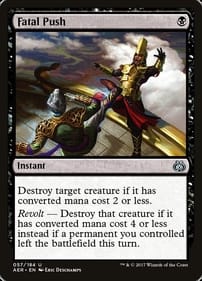
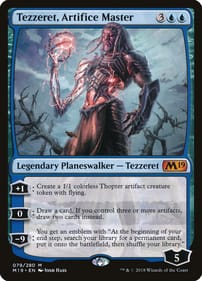
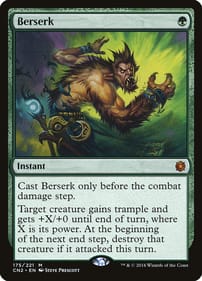
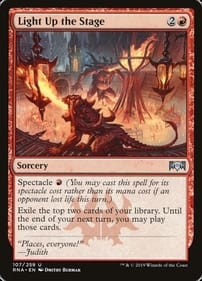
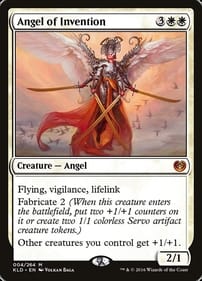
Leave a comment